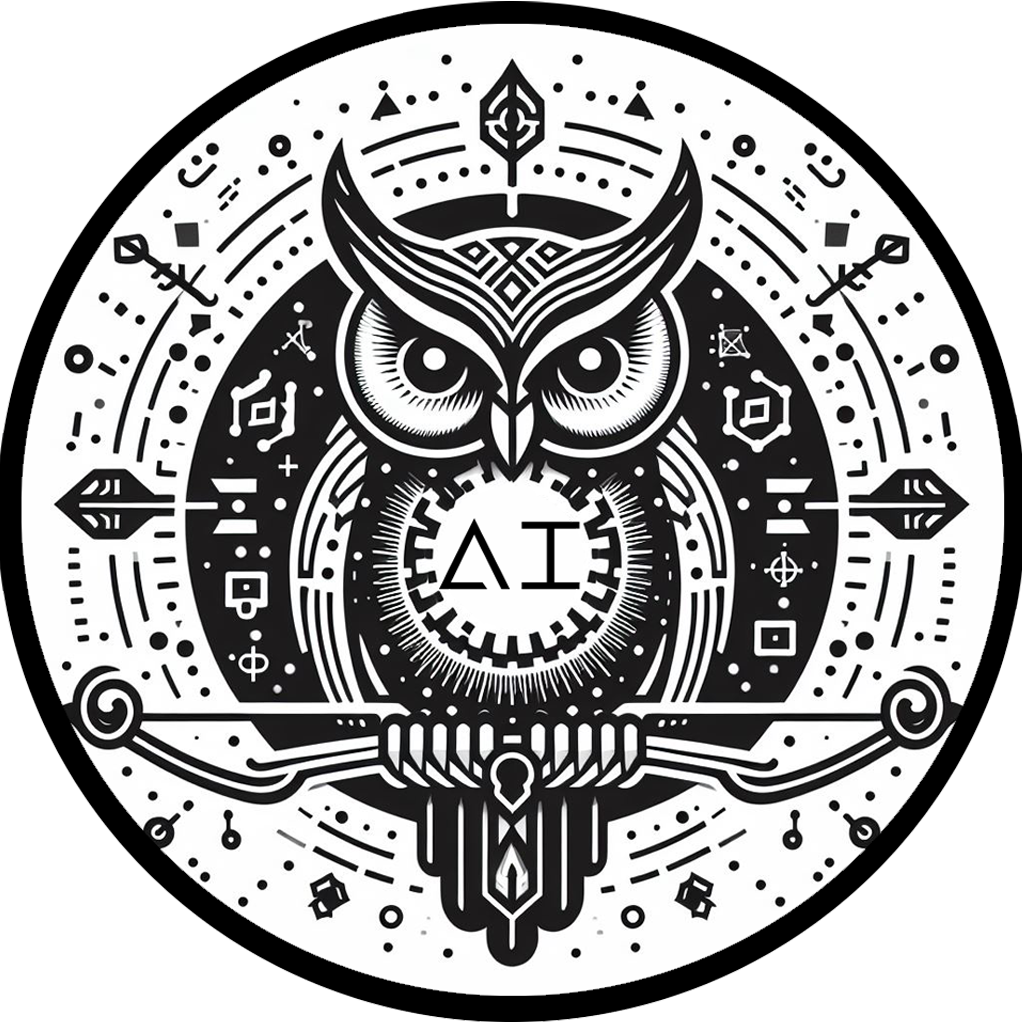In the realm of artificial intelligence, one of the most fascinating and transformative developments is the capability to convert text into images. Text-to-image AI, a branch of generative models, has made significant strides in recent years, opening up new possibilities for creative expression, design, and content creation. This article explores the intricacies of how text-to-image AI works, delving into the underlying models, training methodologies, and the potential applications of this groundbreaking technology.
Understanding the Architecture:
1. Generative Adversarial Networks (GANs):
- Backbone of Text-to-Image AI: Many text-to-image AI models leverage the power of Generative Adversarial Networks (GANs).
- Generator and Discriminator: The generator creates images from textual descriptions, while the discriminator assesses the authenticity of these generated images.
- Adversarial Training: Through iterative training, the generator becomes adept at creating increasingly realistic images that can fool the discriminator.
2. Variational Autoencoders (VAEs):
- Incorporating Variability: Some text-to-image models utilize Variational Autoencoders to introduce variability in the generated images.
- Latent Space Representation: VAEs map textual inputs to a latent space where variations in image features can be manipulated.
The Training Process:
1. Data Preparation:
- Text-Image Pairs: Training requires a dataset containing aligned pairs of textual descriptions and corresponding images.
- Preprocessing: Textual data is often tokenized and encoded, while images may be resized or normalized.
2. Model Training:
- Adversarial Training: The GAN’s generator and discriminator undergo adversarial training to refine the generation process.
- Loss Functions: Models are optimized using loss functions that encourage the generator to create images that are both realistic and faithful to the input text.
3. Fine-Tuning and Iteration:
- Feedback Loop: Training involves iterative cycles of feedback, with models fine-tuned based on the performance of previous iterations.
- Gradient Descent: Optimization techniques, such as gradient descent, are employed to adjust model parameters for improved accuracy.
Overcoming Challenges:
1. Semantic Understanding:
- Capturing Context: Ensuring that the generated images accurately capture the semantics and context embedded in the textual descriptions.
- Contextual Embeddings: Some models use pre-trained contextual embeddings to enhance semantic understanding.
2. Diversity and Creativity:
- Avoiding Repetition: Balancing the generation of diverse images while avoiding repetitive or overly stylized outputs.
- Incorporating Noise: Techniques like introducing noise to the latent space aid in producing varied visual interpretations.
Applications of Text-to-Image AI:
1. Content Creation:
- Visual Storytelling: Automatically generating images based on textual narratives for storytelling and content creation.
- Artistic Expression: Enabling artists and designers to bring textual concepts and ideas to life visually.
2. E-Commerce and Product Design:
- Visual Prototyping: Rapidly creating visual representations of products based on textual descriptions.
- Customization: Allowing users to visualize customized products before production.
3. Augmented Reality (AR) and Gaming:
- Immersive Experiences: Enhancing AR applications and gaming environments with dynamic, context-aware visual elements.
- Scene Generation: Automatically creating diverse scenes and environments based on narrative input.
Future Trends and Considerations:
1. Hybrid Models:
- Combining Approaches: Hybrid models that merge text-to-image capabilities with other generative techniques.
- Multimodal Understanding: Enhancing models to understand and generate content across various modalities.
2. Ethical Considerations:
- Bias and Fairness: Addressing potential biases in training data and the ethical implications of generated content.
- Responsible AI: Ensuring the responsible and ethical deployment of text-to-image AI in real-world applications.
Conclusion:
Text-to-image AI represents a thrilling convergence of natural language processing and computer vision, pushing the boundaries of what AI can achieve in creative endeavors and practical applications. As models continue to evolve and diversify, the ability to seamlessly translate textual concepts into vibrant, contextually rich visuals holds immense promise for industries ranging from design and e-commerce to entertainment and beyond. The journey of text to image is a testament to the remarkable synergy between human language and artificial intelligence, unlocking a new era of visual expression and innovation.


